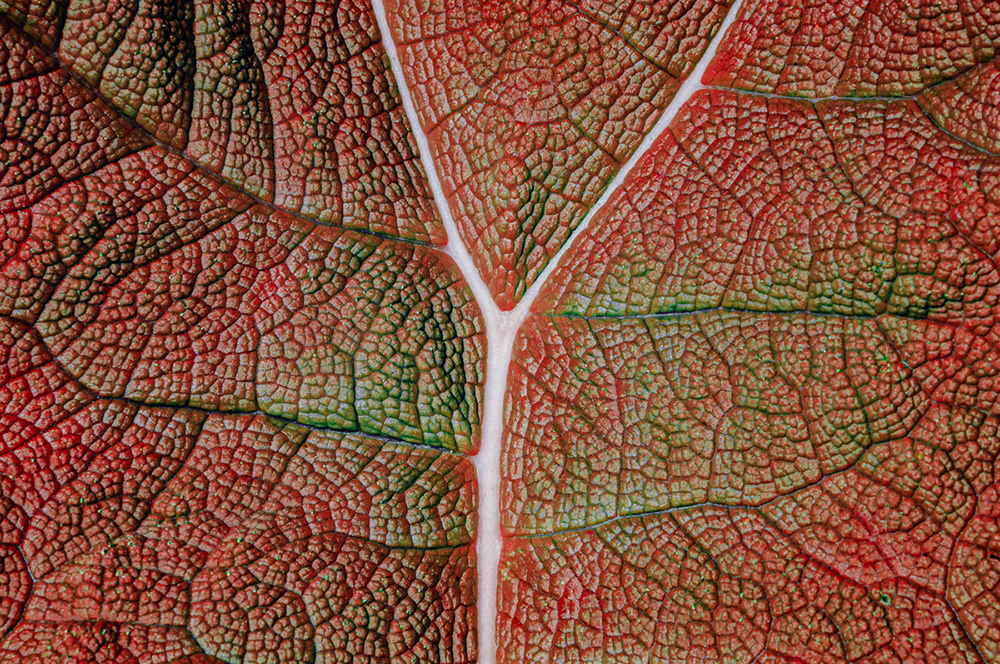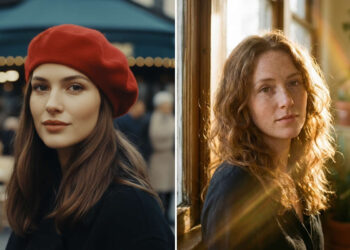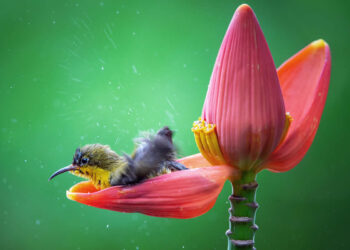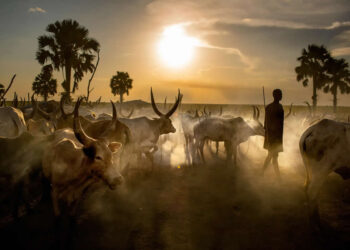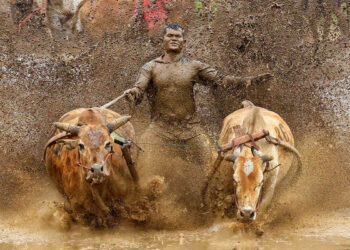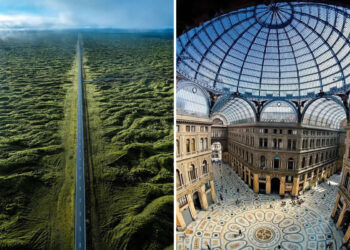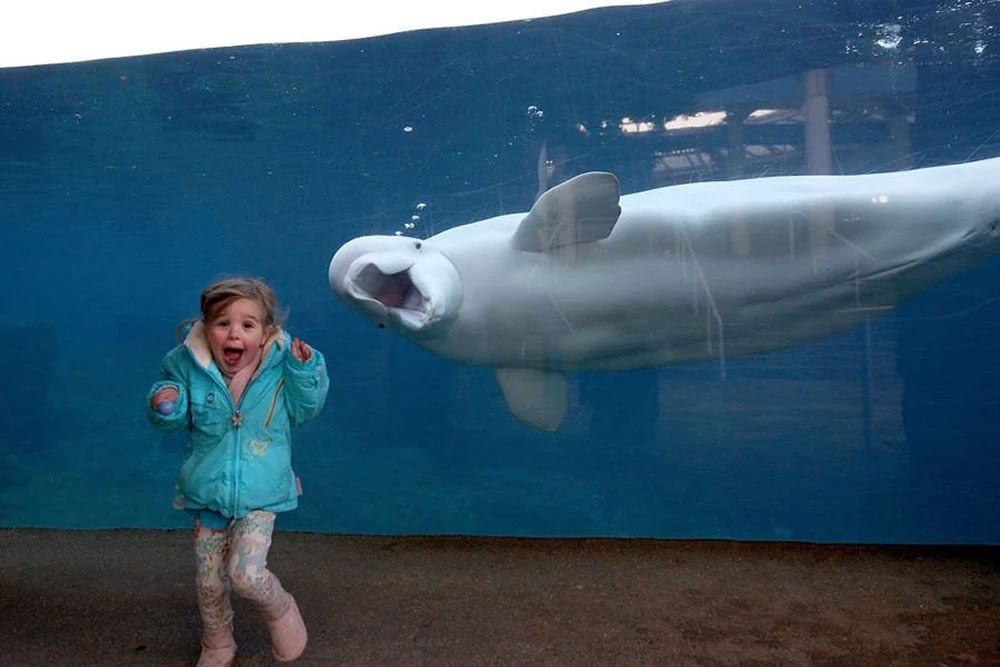At the beginning of March, I started experimenting with infrared photography. I was fascinated by the possibility of creating pictures with waves of light that we cannot see with our own eyes. Infrared light (780nm to 1mm) is electromagnetic radiation that has longer wavelengths than those of our visible light (380nm to 720nm). Cameras normally block the infrared wavelengths before they hit the sensor to maximize image quality. With the help of modified cameras (that have the filter removed that blocks the infrared light) it is possible to capture those wavelengths inside the camera. Special infrared filters help with blocking the visible light hitting the sensor to a certain degree.
The reason for plants and trees being more colourful than buildings and water is the substance chlorophyll. Chlorophyll is a green pigment than can be found in the chloroplasts of algae and plants. In comparison to water and concrete, It strongly reflects the infrared wavelengths that are invisible to our eyes, resulting in a more vivid colour rendition.
For this experimental study, I worked with a modified full-spectrum camera that allowed me to capture the invisible infrared light and also the visible light resulting in a special mixture of both spectrums. This mixture of both spectrums enabled me to create pictures with unusual, unnatural or even peculiar colour renditions that still have a touch of reality to them.
Strange colours. Strange shapes & forms. Strange objects. Strange combinations of nature & urban life.
Strange times.
#1
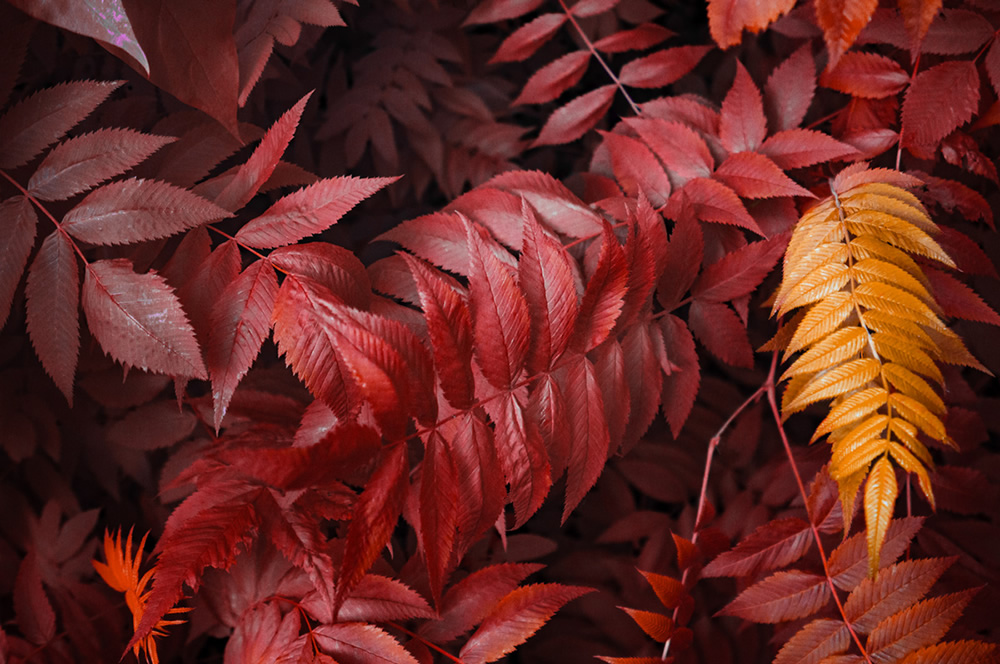
#2
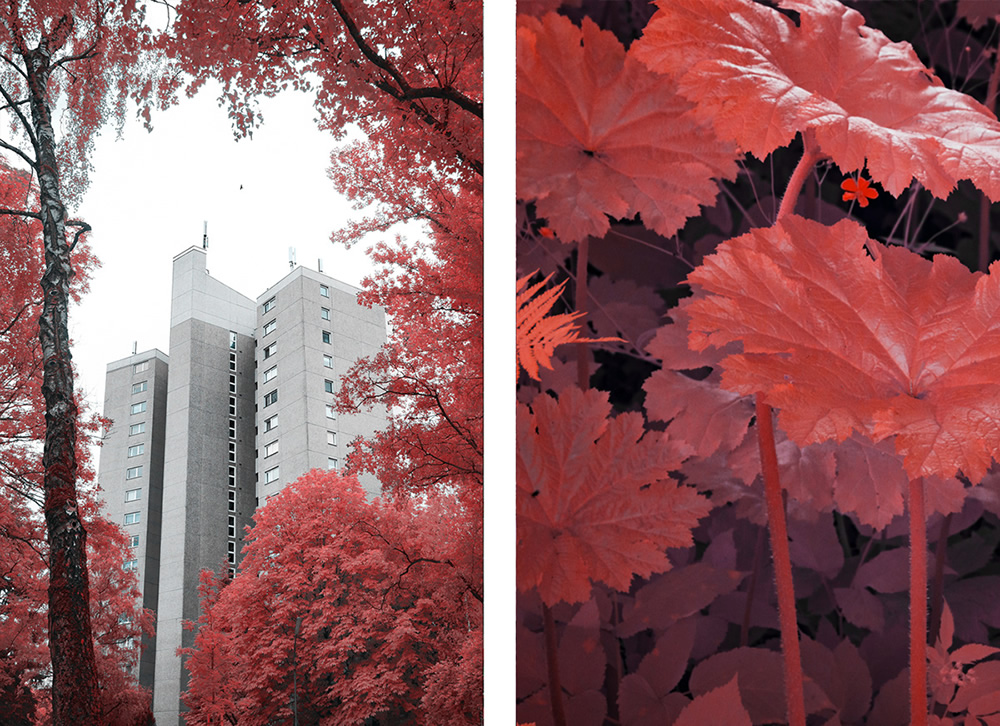
#3
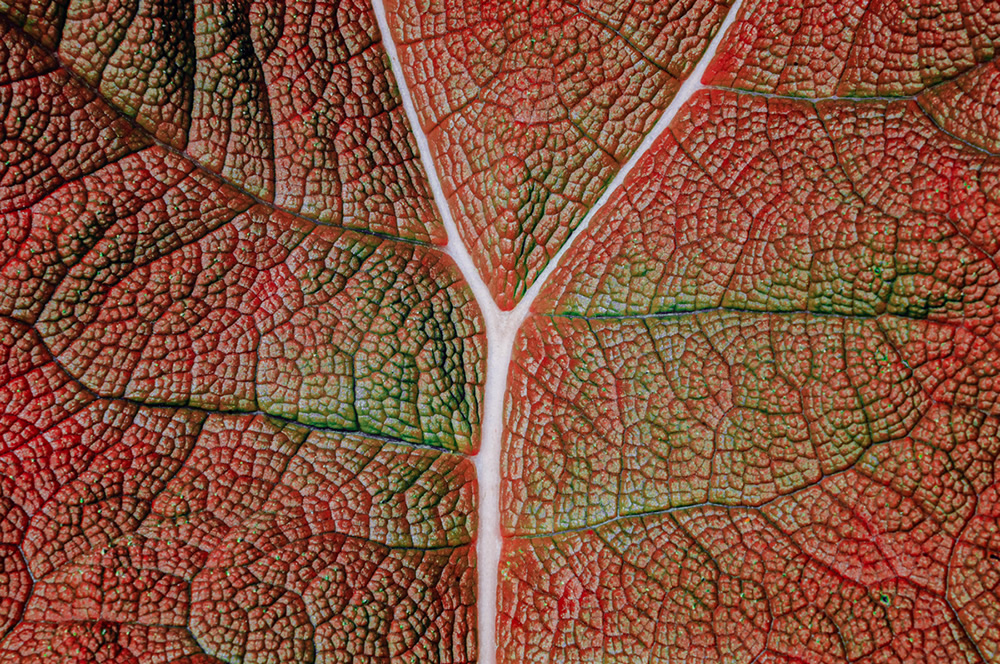
#4
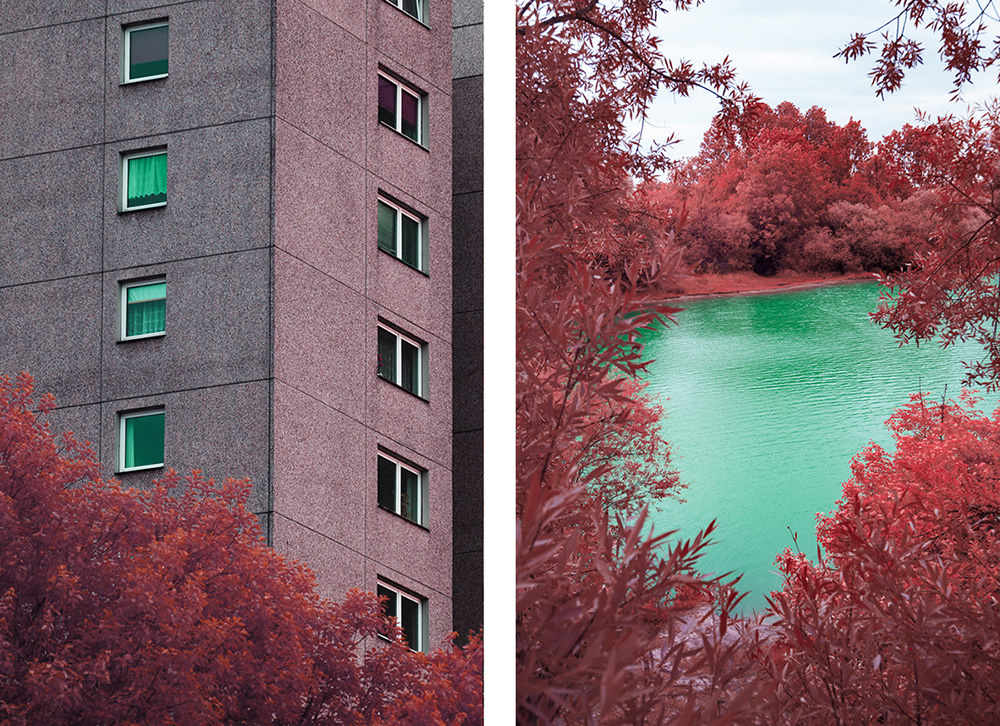
#5
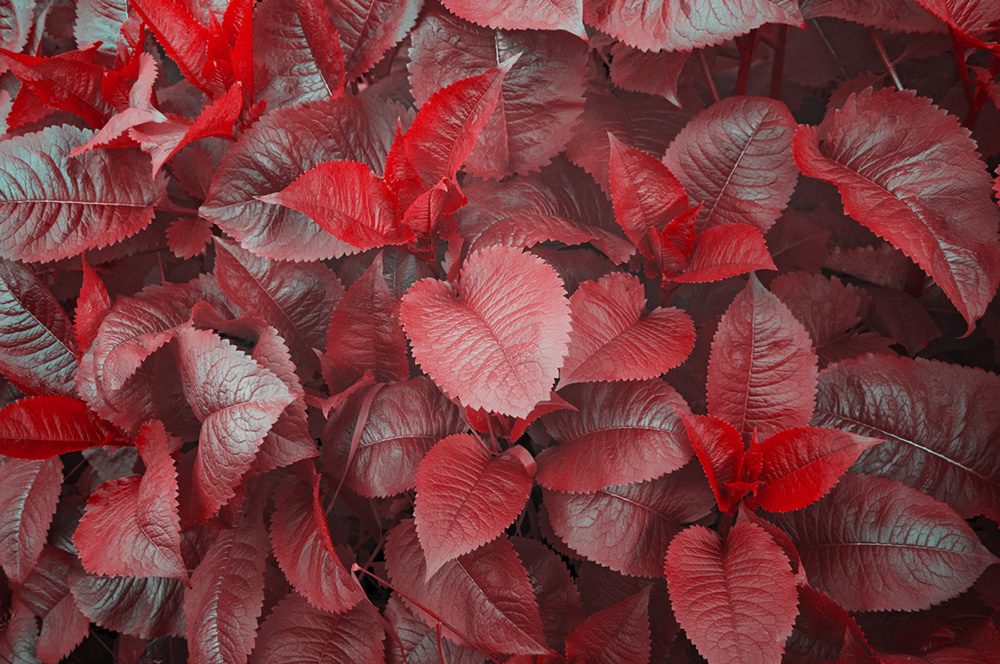
#6
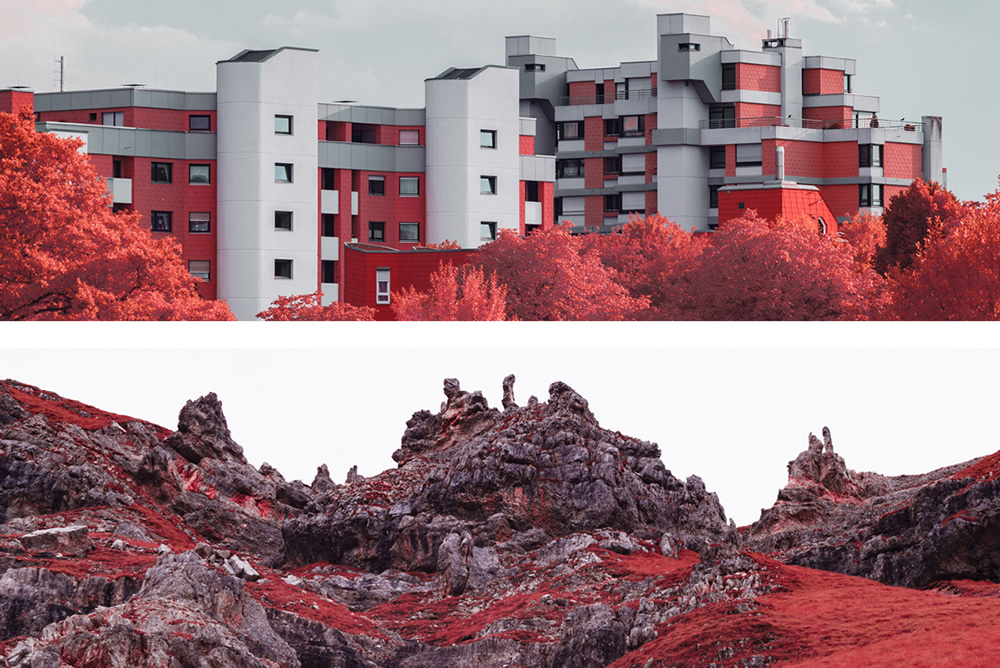
#7
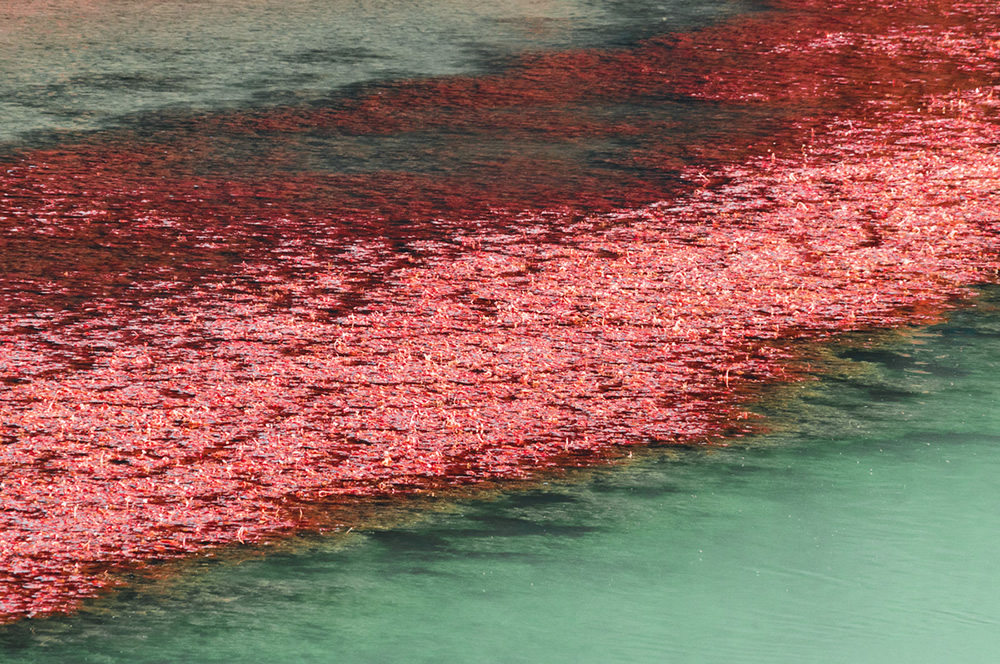
#8
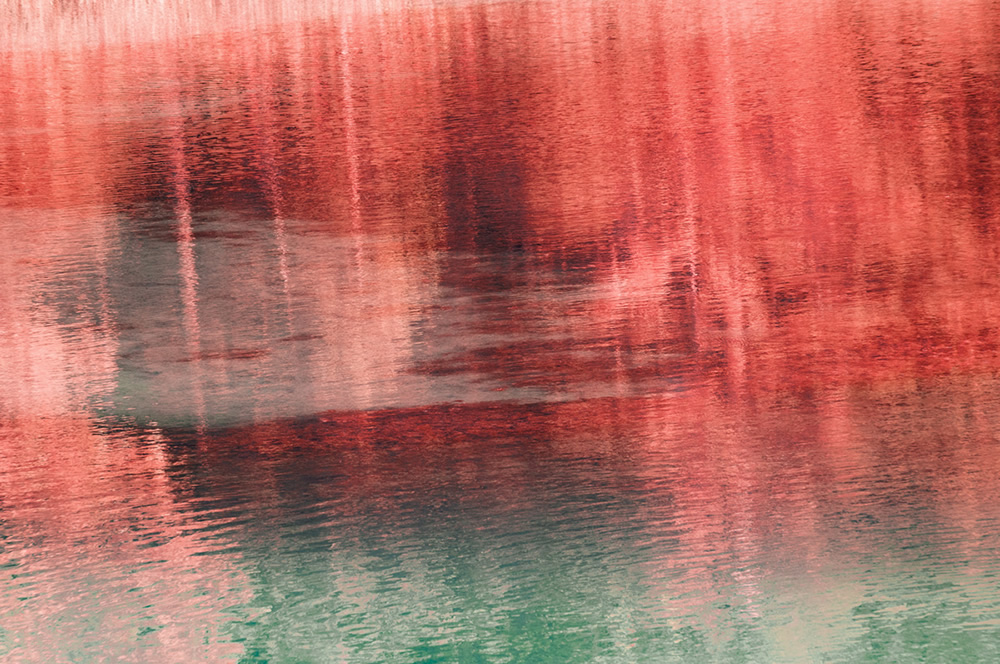
#9
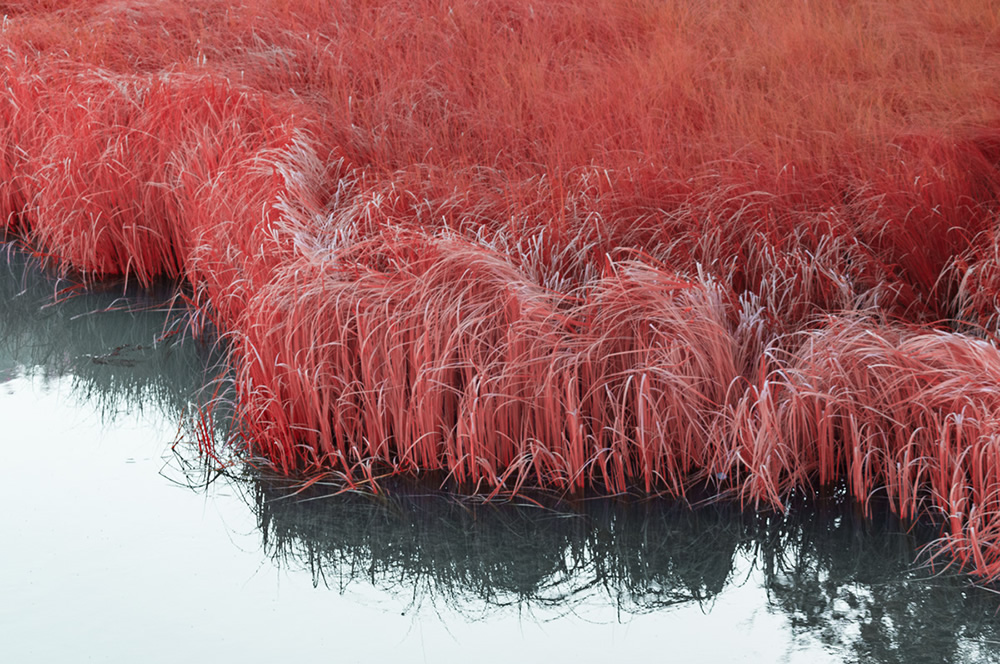
#10
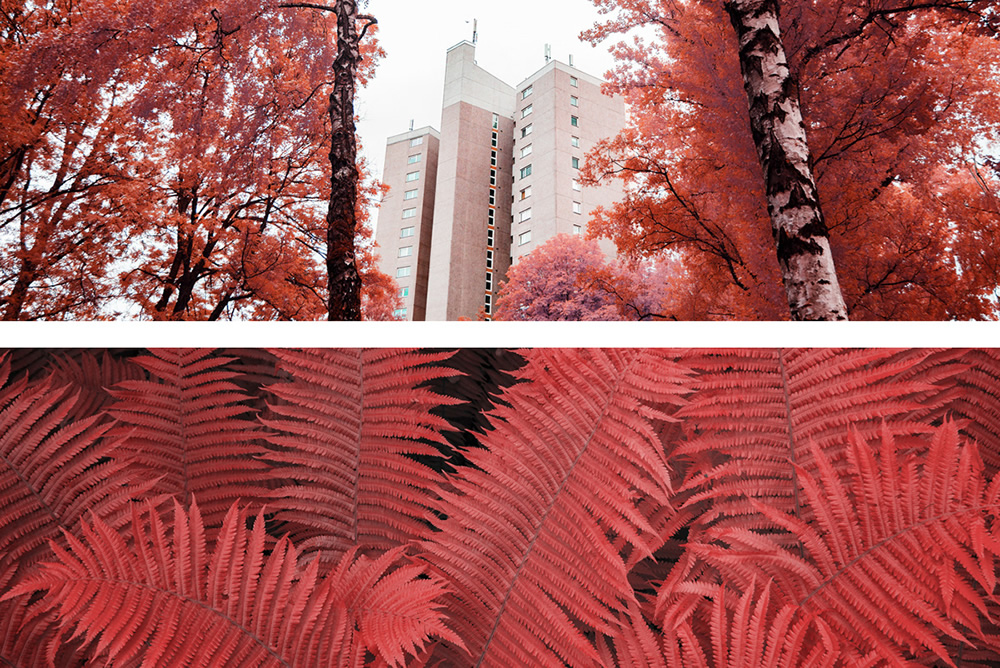
#11
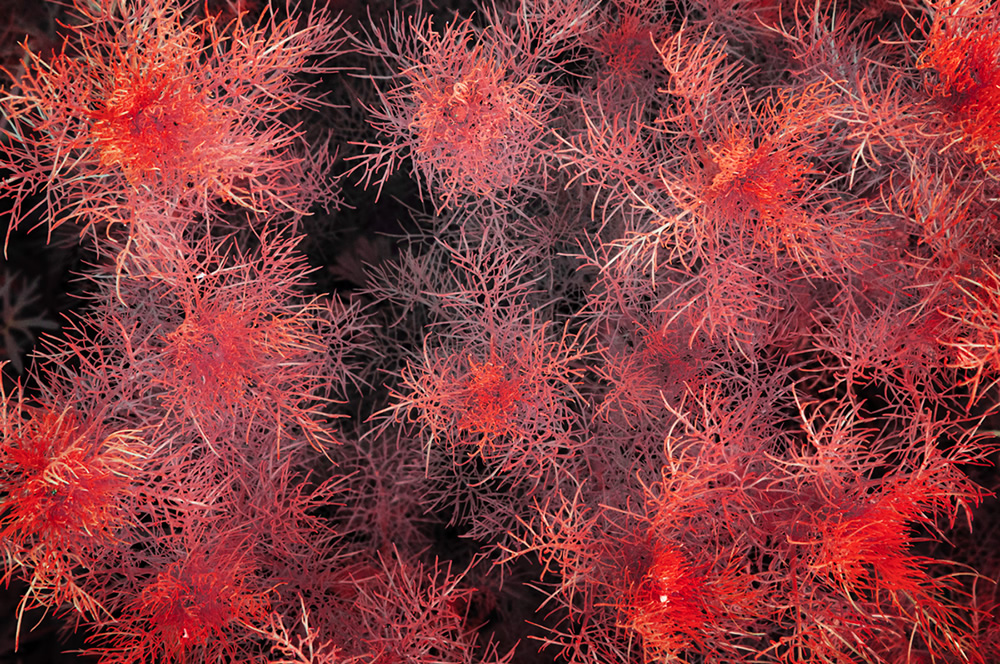
#12
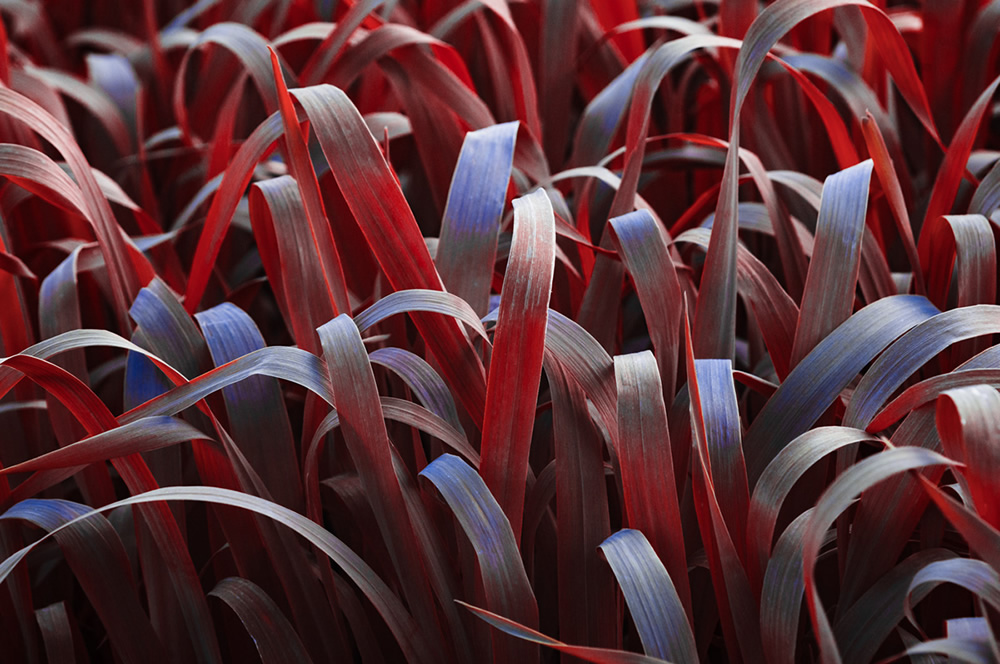
#13
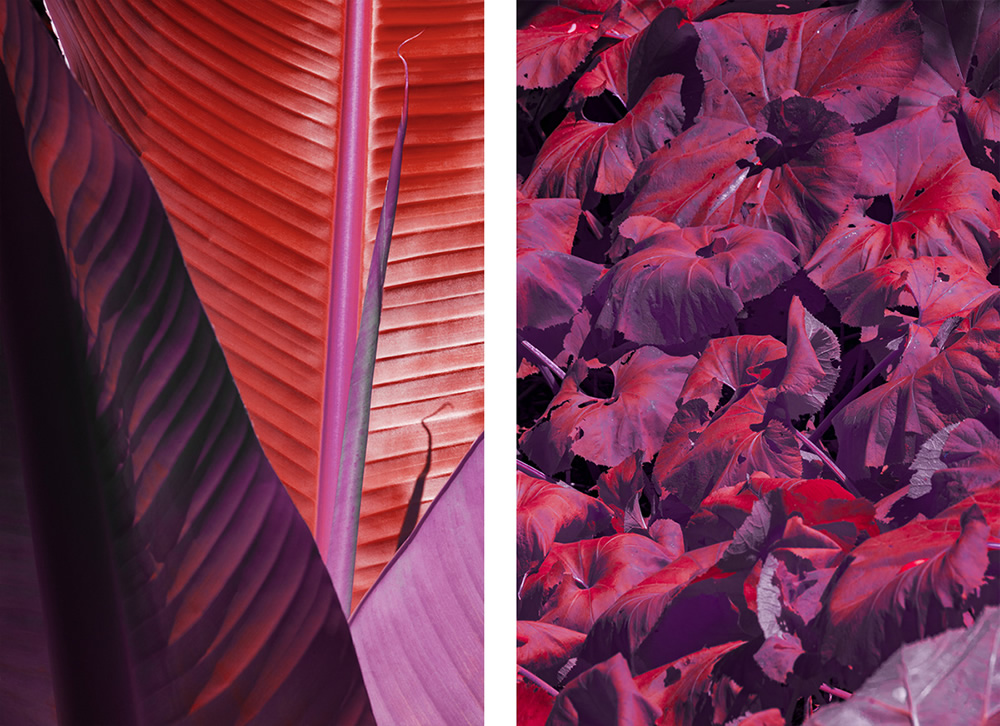
#14
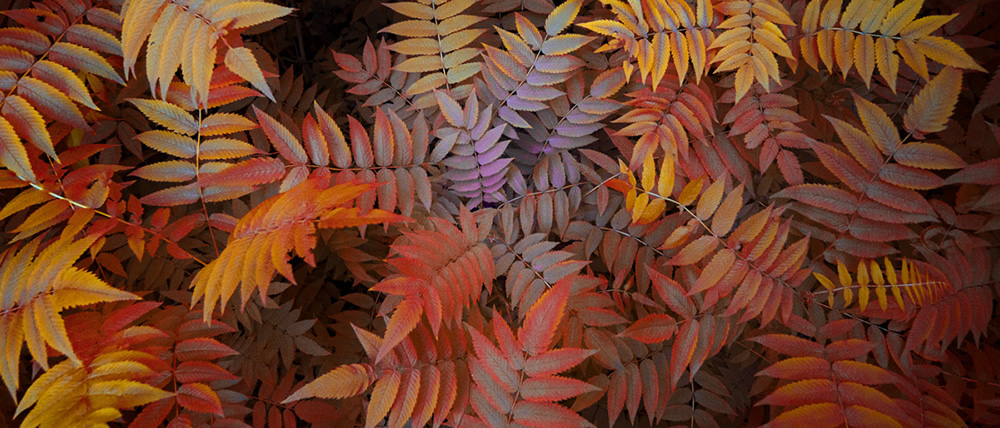
You can find Roland Krämer on the Web:
Copyrights:
All the pictures in this post are copyrighted to Roland Krämer. Their reproduction, even in part, is forbidden without the explicit approval of the rightful owners.

